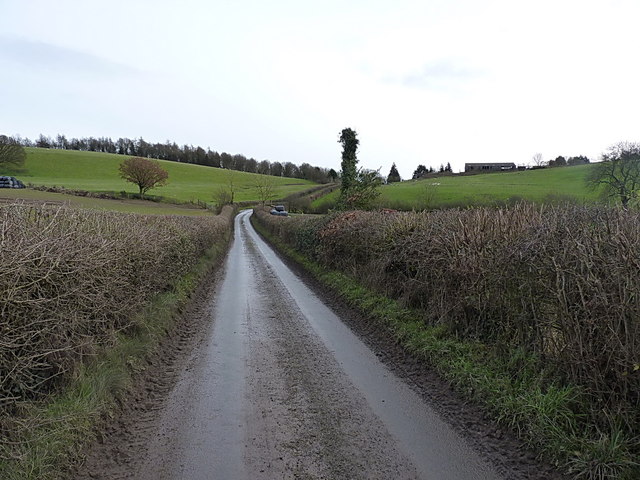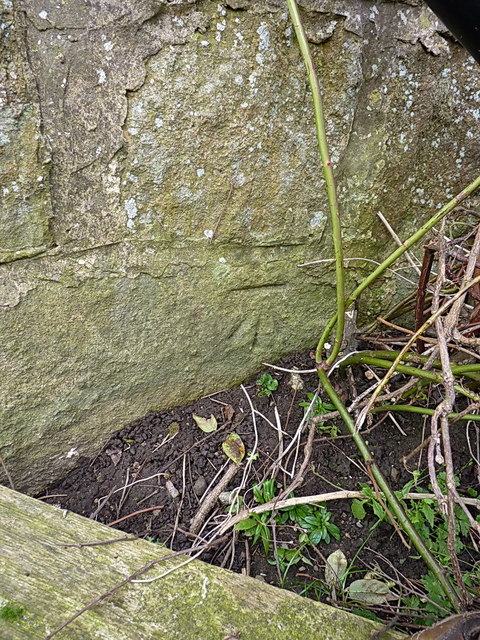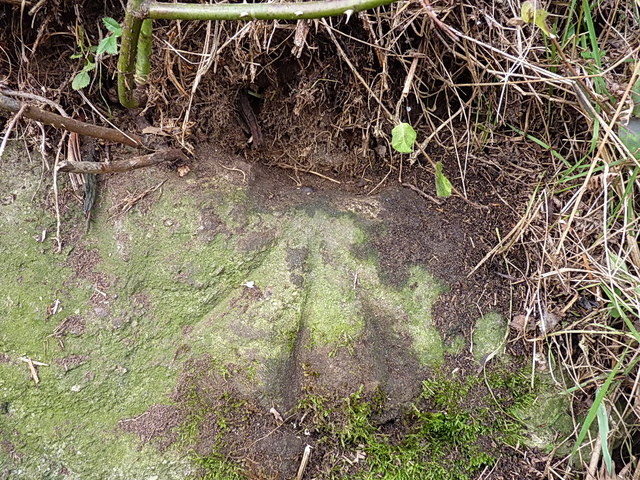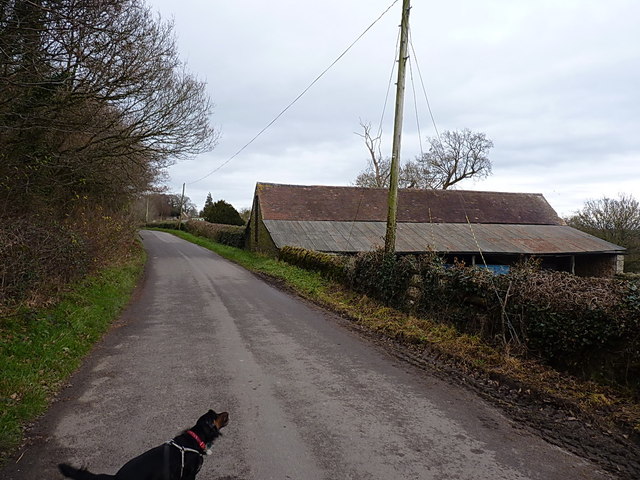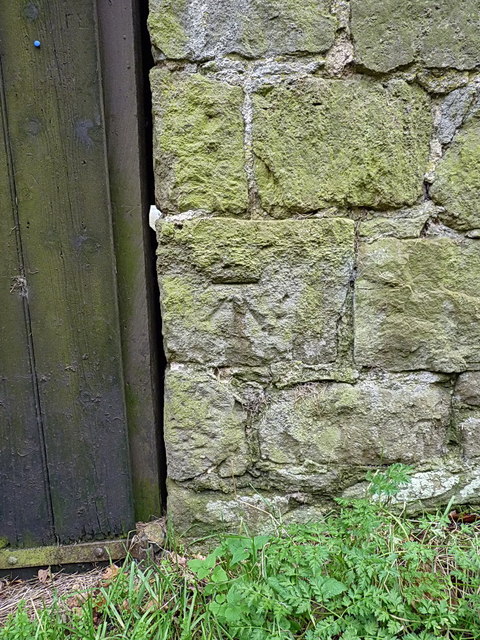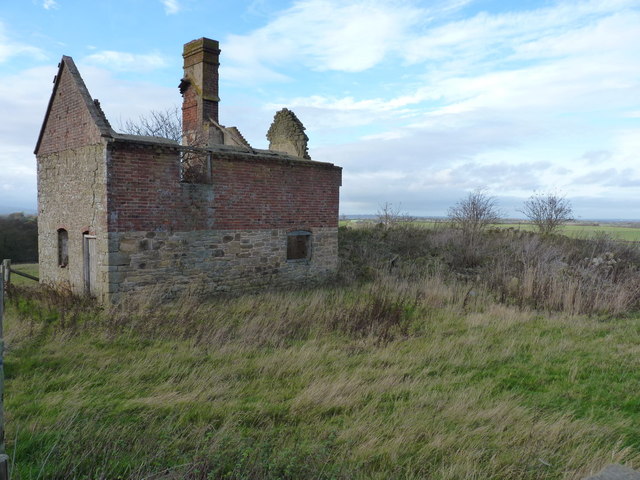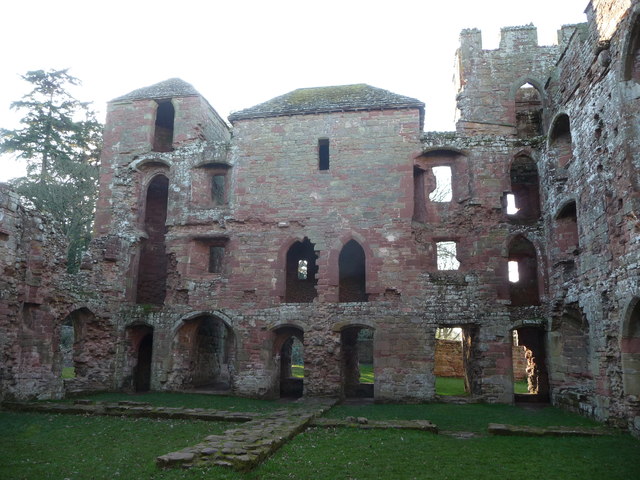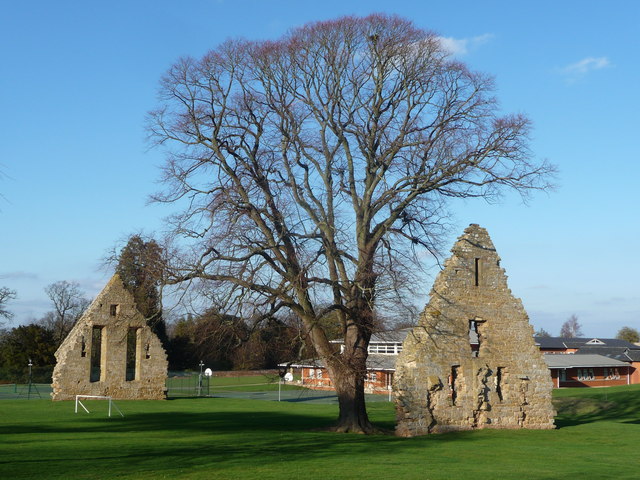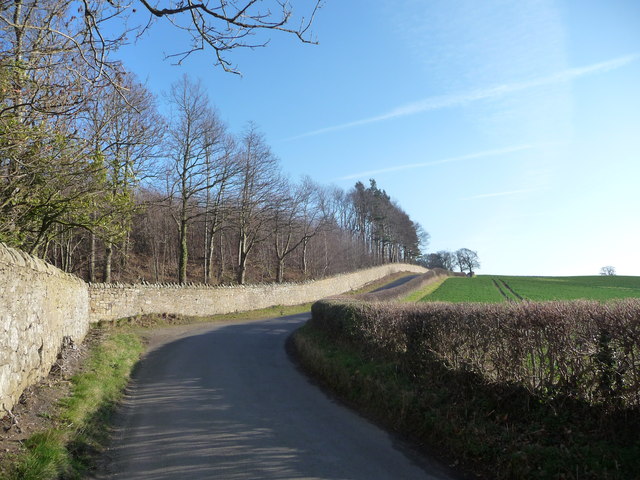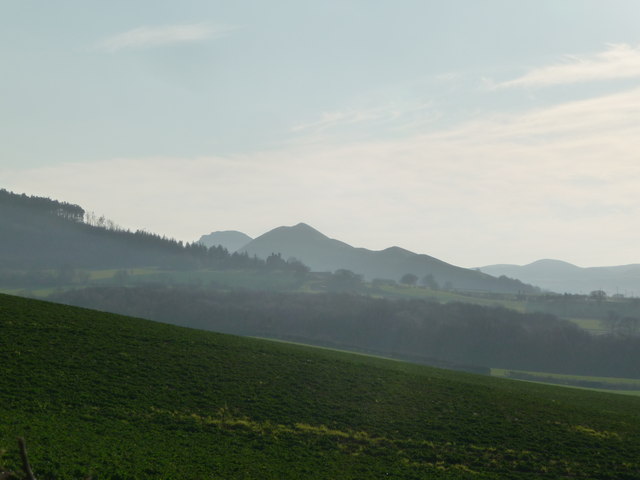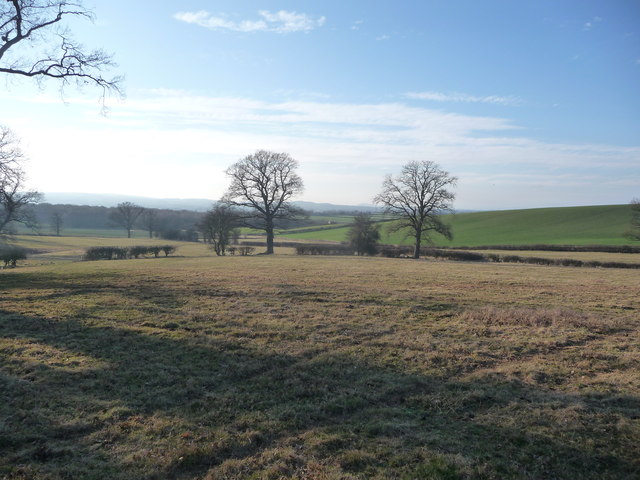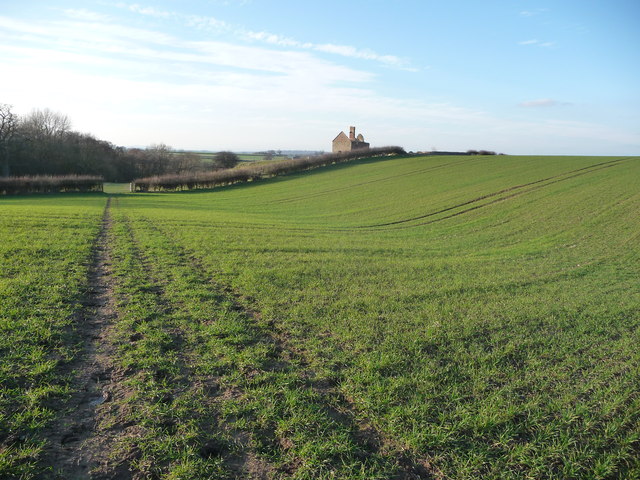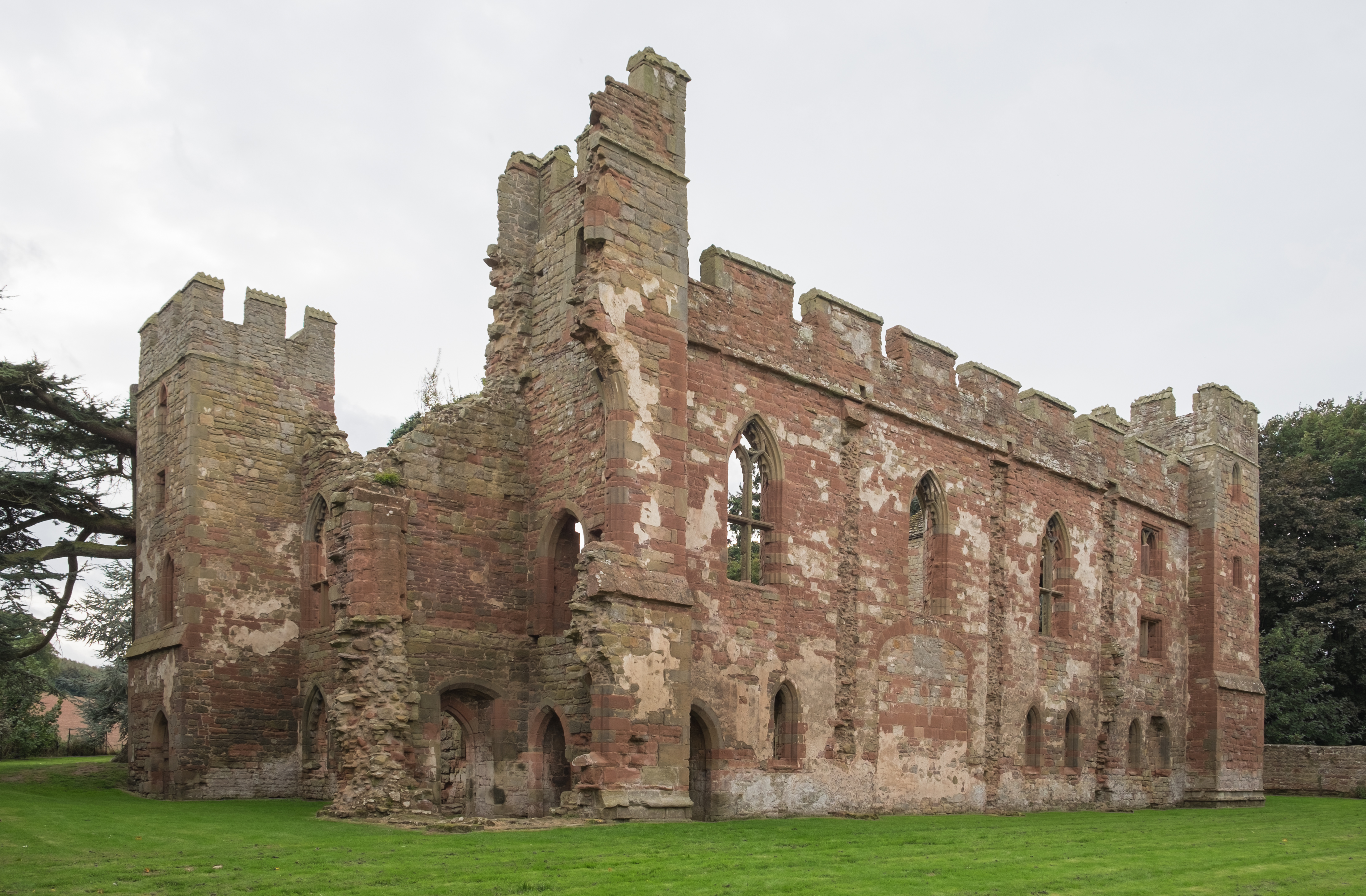Black Dick's Coppice
Wood, Forest in Shropshire
England
Black Dick's Coppice
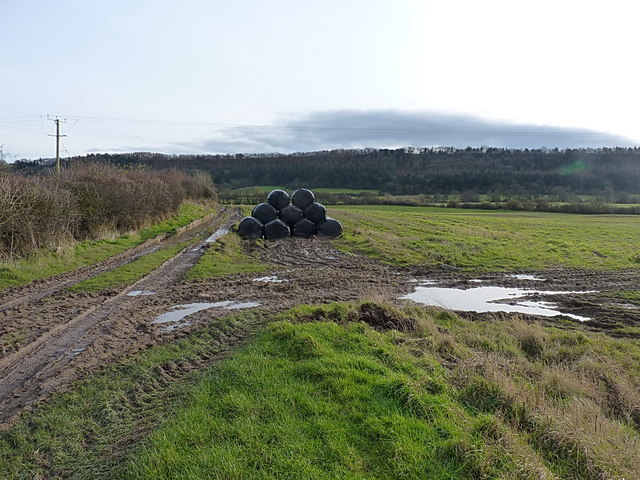
Black Dick's Coppice is a picturesque woodland located in the county of Shropshire, England. Spread over an area of approximately 20 acres, it is a popular destination for nature enthusiasts and hikers alike. The coppice is situated on the edge of the village of Claverley, providing easy access for visitors.
The woodland is characterized by a diverse range of tree species, including oak, birch, beech, and ash. These towering trees create a dense canopy, providing shade and shelter for a variety of flora and fauna. Bluebells and wild garlic carpet the forest floor during the spring months, adding to its natural beauty.
Traversing through the coppice, visitors can enjoy a network of well-maintained footpaths that wind their way through the trees. These paths offer both short strolls and longer hikes, catering to different fitness levels and preferences. Along the way, there are several benches strategically placed, providing opportunities for rest and contemplation amidst the peaceful surroundings.
The woodland is home to a wide range of wildlife, including squirrels, rabbits, and various bird species. Birdwatching enthusiasts may spot woodpeckers, tits, and finches, amongst others. The tranquil atmosphere of the coppice makes it an ideal spot for birdwatching and nature photography.
Black Dick's Coppice is not only a natural haven but also holds historical significance. The name is believed to have originated from a local legend involving a blacksmith named Dick. Though the exact origins of the story remain unclear, it adds an element of intrigue and folklore to the woodland.
Overall, Black Dick's Coppice offers a serene and enchanting experience, allowing visitors to immerse themselves in the beauty of Shropshire's natural landscape.
If you have any feedback on the listing, please let us know in the comments section below.
Black Dick's Coppice Images
Images are sourced within 2km of 52.606985/-2.6724636 or Grid Reference SJ5401. Thanks to Geograph Open Source API. All images are credited.
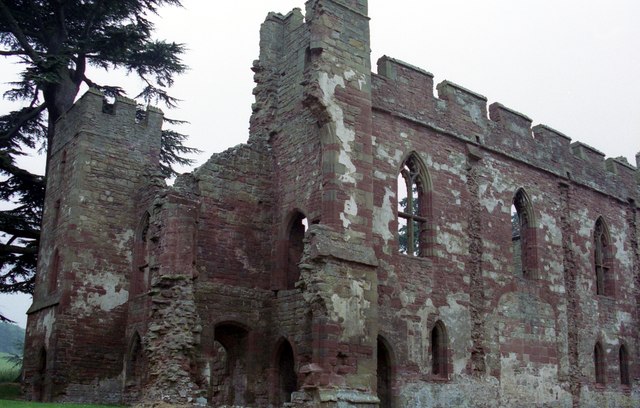
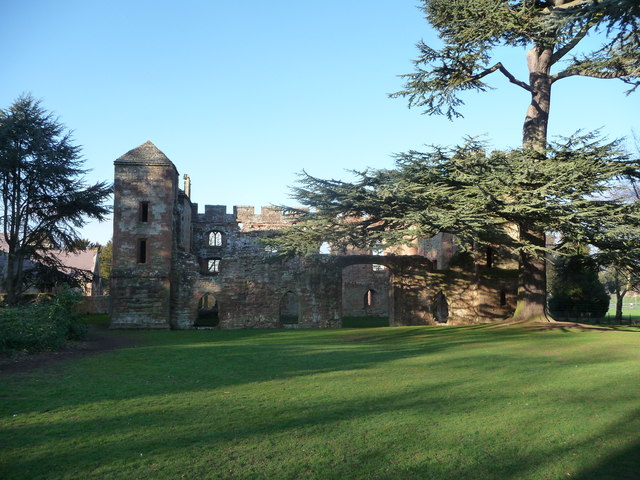
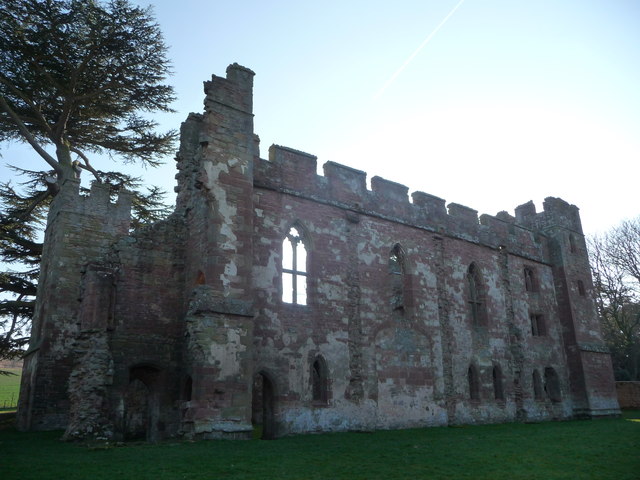
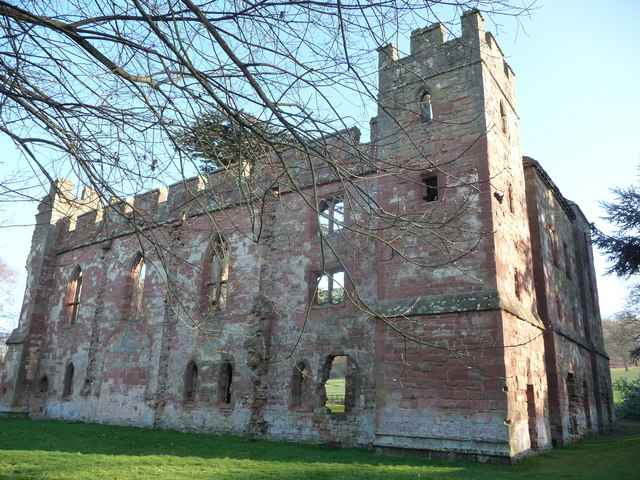
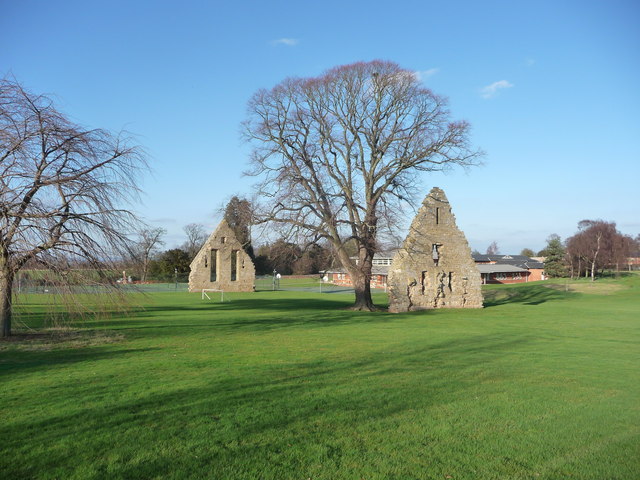
Black Dick's Coppice is located at Grid Ref: SJ5401 (Lat: 52.606985, Lng: -2.6724636)
Unitary Authority: Shropshire
Police Authority: West Mercia
What 3 Words
///longingly.connector.eyeliner. Near Kenley, Shropshire
Nearby Locations
Related Wikis
Acton Burnell Castle
Acton Burnell Castle is a 13th-century fortified manor house, located near the village of Acton Burnell, Shropshire, England (grid reference SJ534019)...
Langley Chapel
Langley Chapel is an Anglican church, built in 1601, located in a remote area (the parish of Ruckley and Langley) approximately 1.5 miles to the south...
Concord College, Acton Burnell
Concord College is an independent co-educational international day/boarding school in Shropshire, England situated in the grounds of Acton Burnell Castle...
Acton Burnell Hall
Acton Burnell Hall is a 19th-century country house, now used as a private school, located near the village of Acton Burnell, Shropshire, England. This...
Have you been to Black Dick's Coppice?
Leave your review of Black Dick's Coppice below (or comments, questions and feedback).
